Hi there, pet lovers! 🐸
Spotted salamanders (Ambystoma maculatum) are one of the most captivating amphibians you can bring into your home. With their striking black bodies adorned with vibrant yellow spots, these little creatures are not only beautiful but also fascinating to observe. But are they the right pet for you? In this detailed review, we’ll explore everything you need to know about spotted salamanders, from their temperament and care requirements to their affordability and availability. Whether you’re considering adding one to your family or just curious about these unique amphibians, this guide will help you make an informed decision.
Overview
Spotted salamanders are medium-sized amphibians native to the forests of North America. They are known for their docile nature, striking appearance, and relatively simple care requirements. Here’s a quick summary of what makes them stand out:
- Handling and Temperament: Gentle and easy to handle, but sensitive to skin contact.
- Care and Maintenance: Moderate care needs with a focus on humidity and diet.
- Health and Durability: Hardy with proper care but sensitive to environmental changes.
- Availability: Widely available but often wild-caught.
- Cost: Affordable to purchase and set up.
- Overall: A great choice for amphibian enthusiasts who enjoy observing rather than handling their pets.
Spotted salamanders are ideal for those who appreciate the beauty of amphibians and are willing to provide a carefully maintained habitat. Their unique appearance and low-maintenance nature make them a rewarding pet for dedicated keepers.
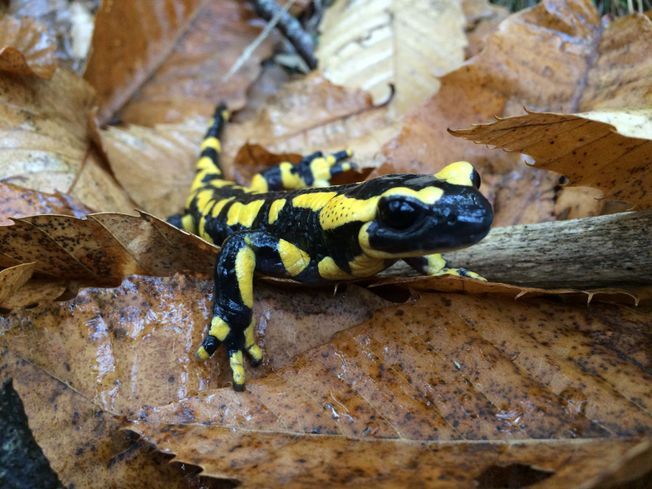
Why Choose a Spotted Salamander?
Spotted salamanders are perfect for those who want a unique, low-maintenance pet that doesn’t require a lot of space. They are quiet, don’t need social interaction, and are fascinating to observe. Their long lifespan (10+ years) and intriguing behaviors make them a great companion for those who enjoy the world of amphibians.
Handling and Temperament
Spotted salamanders are among the most docile amphibians you can own. They are calm, rarely bite, and don’t have claws or the ability to jump, making them easy to handle. However, their permeable skin makes them sensitive to chemicals, oils, and residues on your hands.
Key Points About Handling
- Gentle Nature: They are calm and unlikely to struggle when picked up.
- Sensitive Skin: Always wash your hands thoroughly with unscented water before handling to avoid transferring harmful substances.
- Limited Handling: While they tolerate handling, it’s best to keep it minimal to avoid stress or skin damage.
Handling Tips
- Handle them gently and support their body fully.
- Avoid handling for extended periods or too frequently.
- Never handle them if you’ve recently used lotions, soaps, or hand sanitizers.
Spotted salamanders are more of a “look but don’t touch” pet, making them ideal for those who enjoy observing rather than interacting with their pets.
Care and Maintenance
While spotted salamanders are relatively low-maintenance, they do have specific care requirements that need to be met for them to thrive.
Enclosure Setup
- Size: A 10-20 gallon tank is sufficient for one or two salamanders.
- Substrate: Use coconut fiber, sphagnum moss, or a bioactive mix to retain moisture. Avoid loose substrates that could cause impaction if ingested.
- Hiding Spots: Provide plenty of hiding places like cork bark, leaf litter, or PVC pipes to make them feel secure.
- Climbing Space: While not arboreal, they appreciate some low branches or plants to explore.
Humidity and Temperature
- Humidity: Maintain high humidity levels (70-80%) by misting the enclosure daily or using an automated misting system.
- Temperature: Keep the enclosure cool, ideally between 60-70°F. Avoid temperatures above 75°F, as they can be harmful.
Feeding
- Diet: Spotted salamanders are insectivores and thrive on a diet of live insects like crickets, earthworms, and small roaches.
- Feeding Schedule: Feed them 2-3 times a week, adjusting portion sizes based on their appetite.
- Supplements: Dust insects with calcium and vitamin supplements occasionally to ensure proper nutrition.
Lighting
Spotted salamanders do not require special lighting, but low-level UVB lighting can benefit their overall health. Ambient room light is usually sufficient.
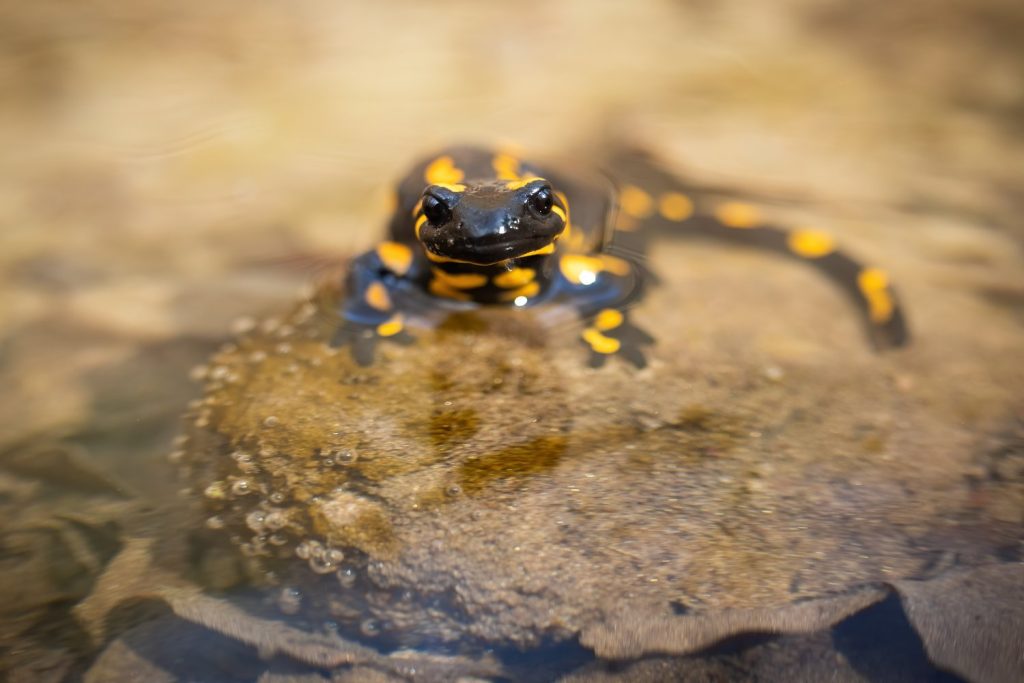
Health and Durability
Spotted salamanders are generally hardy pets, but they are sensitive to environmental changes and improper care.
Common Health Issues
- Dehydration: Caused by low humidity or lack of access to water.
- Skin Infections: Resulting from poor water quality or unclean substrates.
- Stress: Often caused by improper handling or unsuitable habitat conditions.
Preventative Care
- Maintain proper humidity and temperature levels.
- Provide clean, dechlorinated water for soaking.
- Keep the enclosure clean and free of mold or bacteria.
With proper care, spotted salamanders can live over 10 years, making them a long-term commitment.
Availability and Cost
Spotted salamanders are relatively easy to find, but most are wild-caught, which comes with its own set of considerations.
Where to Buy
- Breeders: Rare but the best option for captive-bred individuals.
- Reptile Expos: A great place to find healthy salamanders and meet knowledgeable sellers.
- Pet Stores: Occasionally available, but often wild-caught.
Cost
- Salamander Price: $20 to $50, depending on the source.
- Setup Cost: $100 to $200 for a basic enclosure, substrate, and supplies.
While they are affordable to purchase and care for, it’s important to consider the ethical implications of buying wild-caught animals.
Pros and Cons
Pros
- Unique and striking appearance.
- Low-maintenance compared to other pets.
- Affordable to purchase and care for.
- Long lifespan (10+ years).
- Fascinating to observe and study.
Cons
- Sensitive to environmental changes.
- Require daily misting and humidity monitoring.
- Limited handling due to sensitive skin.
- Often wild-caught, which can impact local populations.
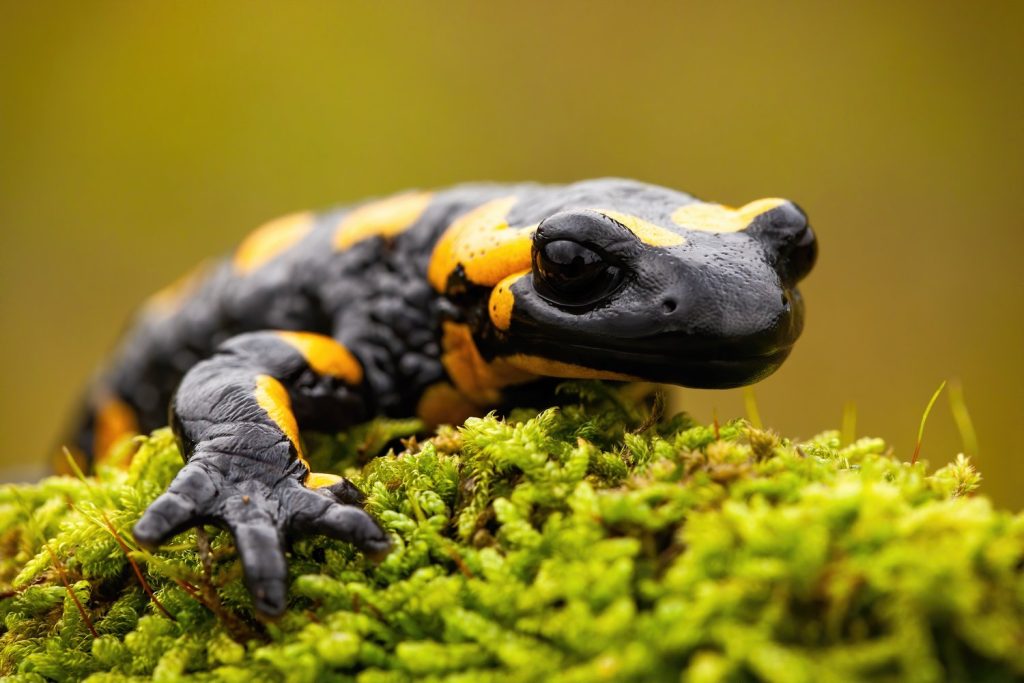
Final Thoughts
Spotted salamanders are a fantastic choice for amphibian enthusiasts who enjoy observing and caring for unique creatures. Their striking appearance, docile nature, and relatively simple care requirements make them a rewarding pet for dedicated keepers. While they may not be the best choice for those seeking a hands-on pet, their beauty and fascinating behaviors more than make up for it.
If you’re considering a spotted salamander, we recommend researching thoroughly and ensuring you can provide the proper care they need. With the right setup and attention, these charming amphibians can thrive and bring joy to your home for many years.
Have you owned a Spotted Salamander? Share your experiences and tips in the comments below! We’d love to hear how you care for your salamander and what makes them special to you.
For more amphibian care tips and reviews, stay tuned to our blog and don’t forget to subscribe to our newsletter! 🐸



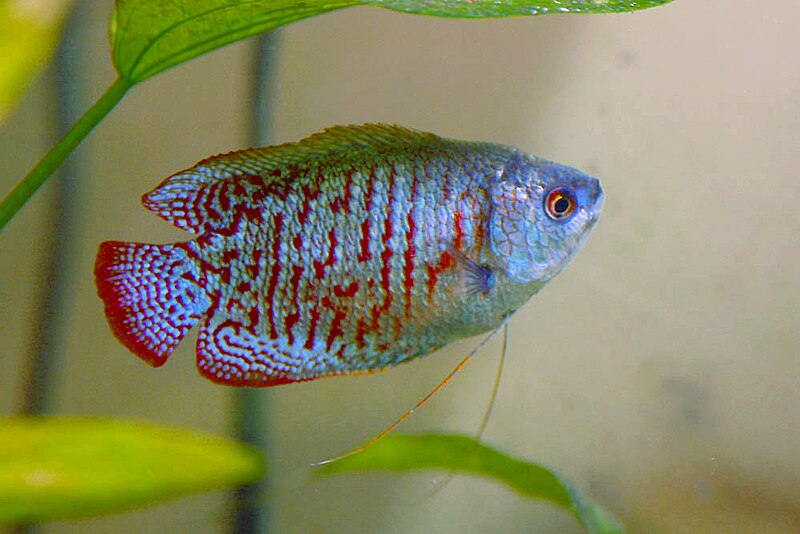

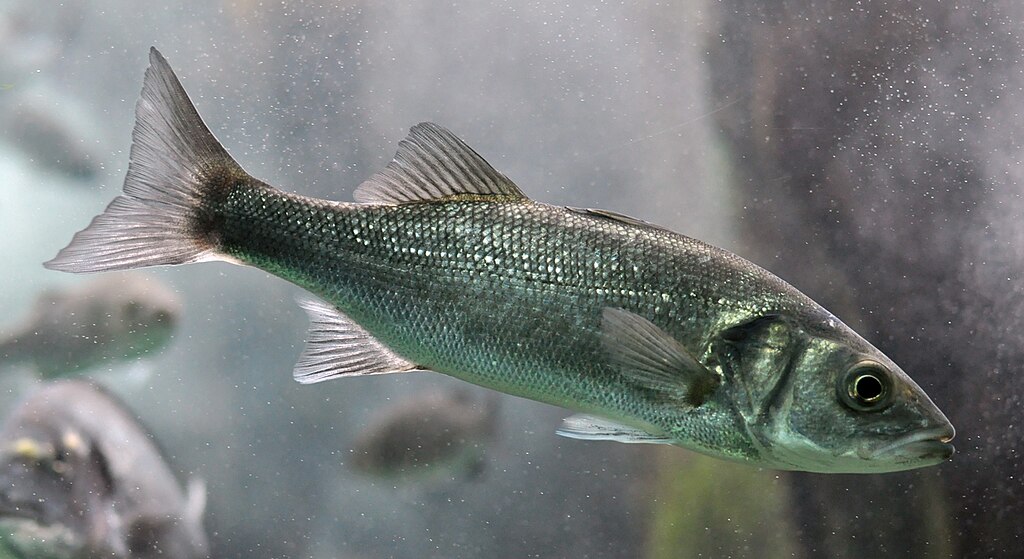

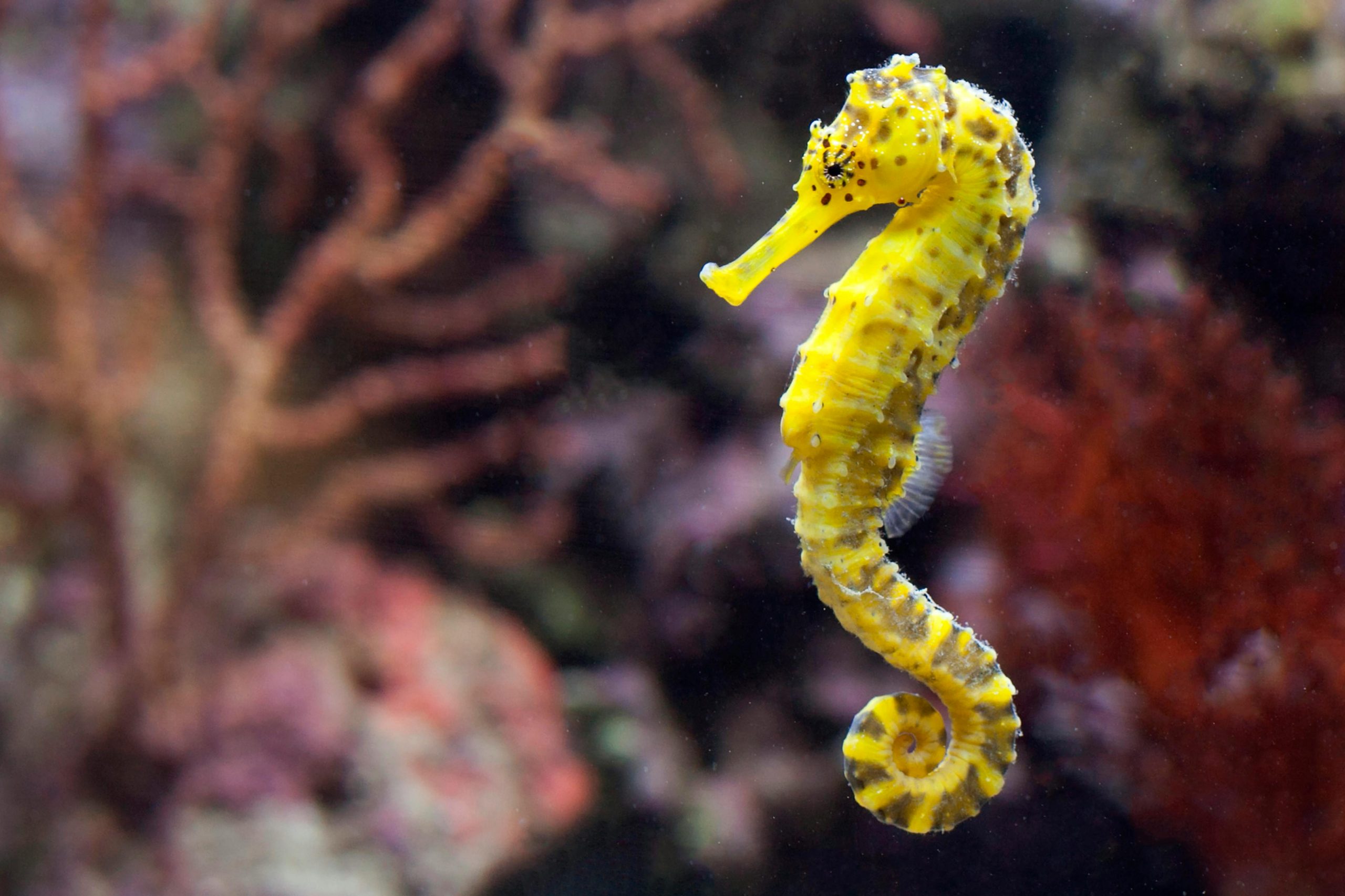
Leave a Reply